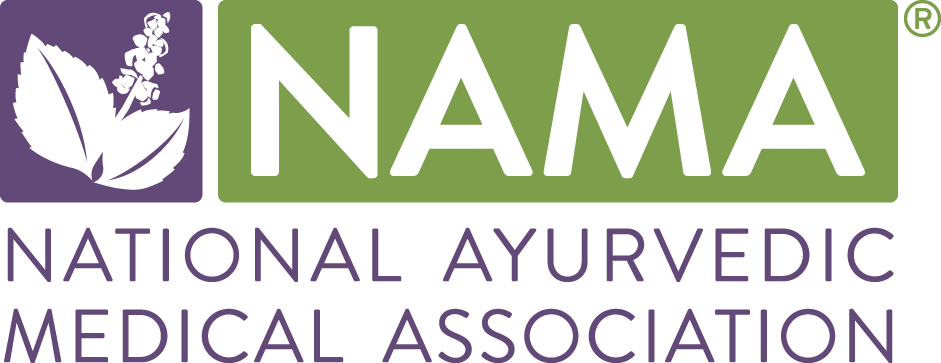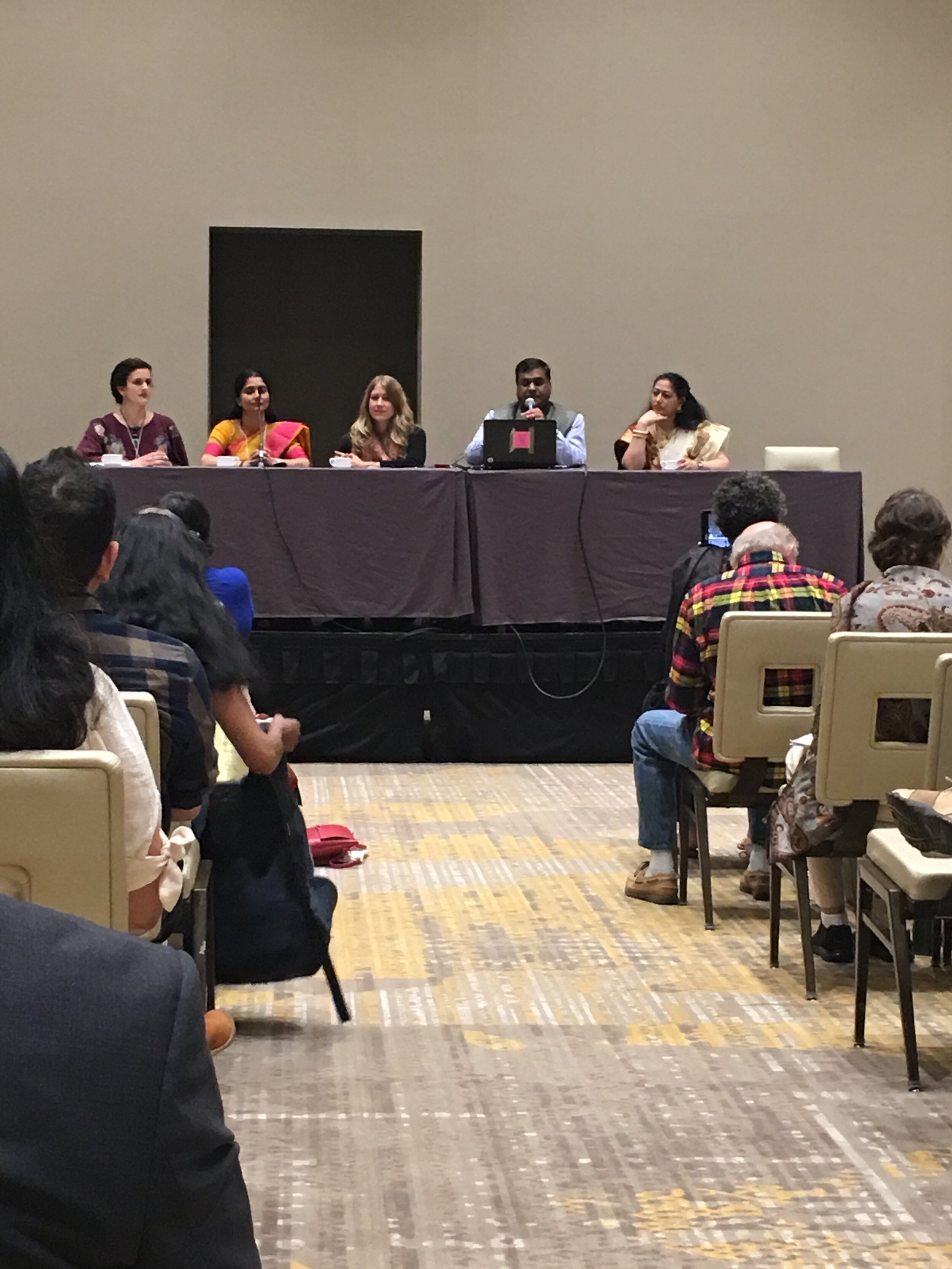A BRIEF REFERENCE GUIDE FOR STUDENTS AND AHC PROFESSIONALS
By Ana Chassot-Petersen, AHP, C-IAYT
Like George Harrison’s song says, Here comes the sun. It is a classic lyric associated with the season full of light, energy, and warmth.
As Ayurvedic practitioners who understand the significance of the change in seasons and its potential impact on health and wellness, we can offer our clients advice that goes beyond taking precautions to prevent sunburn. We understand that with its abundance of sun and heat, summer is the season that can most aggravate the pitta dosha.
When pitta accumulates and is aggravated, it can cause harmful inflammation – a hot topic these days. Studies have shown that inflammation can be a catalyst for negative cell transformation and become a pathway, or samprapti, for chronic diseases and some types of cancers. It can also accelerate the aging process. As we also know, more broadly, pitta regulates digestion, body temperature, and hormone levels, among other vital processes. It is responsible for metabolic transformations beginning at the cellular level.
Making the change in seasons a teachable moment
A change in seasons is an opportune time to educate clients about health basics. Conversations can cover important topics such as adjustments to daily routine, diet, exercise, pranayama, and more. Of course, recommendations need to be client-specific, recognizing each individual’s prakruti (physical constitution) and potential for pitta accumulation and aggravation.
Below are some practices I have found personally helpful during summer. I offer them not as general advice, but to illustrate the breadth and depth of how we can engage our clients and help them to have a safe and enjoyable summer.
Starting the day well
Lemon water in the morning has a sweet post-digestive effect (vipaka) and helps to alkalize the body, which can be helpful in circumventing harmful inflammatory processes.
Because pitta can accumulate faster during late morning hours, eating a small and cooling breakfast can be a good way to begin the day. Include fruits such as cantaloupe, pears, and apples.
For a more substantial breakfast, I like porridge with a little ghee, cardamom, some coconut milk, and turmeric.
Keeping to a consistent meal schedule
Sticking to the classic Ayurvedic schedule of eating three times a day, with no snacking in between, can help keep pitta in balance. If we snack, we can create an overactive digestive fire and fuel harmful fermentation in the digestive tract.
Eat fewer calories. Controlling calories will help maintain a balanced metabolism and avoid pittagenic ama accumulation. Additionally, research indicates that a calorie-restricted diet can enhance mitochondria performance, which is related to the pitta dosha. (Of course, this suggestion is not appropriate for those who need heavier foods – for example, clients who are underweight or in a vata-aggravated state.)
Making good food choices
Naturally sweet, astringent, and bitter foods are the basis of a pita-pacifying diet. Good options for summer include soaked almonds, avocados, bananas, and spinach.
Feed the mitochondria, giving cells the fuel they need. Spinach and kale can boost the energetic metabolism that converts fats and sugars into adenosine triphosphate, or ATP, an organic compound that provides energy needed during the summer months.
Prevent inflammation by including sources of omega-3s and alpha-lipoic acid, such as chia seeds, avocados, Brussels sprouts, chicken soup, and bone broths.
For me, as the warmer months approach, blueberries always come to mind. The beautiful shape and cooling color of this antioxidant fruit always remind me of cute candies and take me back to happy and playful summers. Blueberries and other berries, such as blackberries and raspberries, and sweet fruits, such as strawberries, can protect the liver (a pitta organ), pacify pitta, and help to reduce the accumulation of heat.
While they are tempting poolside treats and staples at summer barbeques, salty snacks and spicy foods can aggravate the pitta dosha.
Including helpful spices and herbs
Cooling spices can pacify pitta. I like dry ginger, coriander, fennel, cumin, cardamom, and mint.
One of my favorite summer teas is fresh hibiscus. Hibiscus is packed with antioxidants that can help protect and detoxify the liver. Honey or maple syrup can be added as a natural sweetener.
Even though not considered a cooling herb, ashwagandha calms the central nervous system and alleviates stress and irritability that can result from heat aggravation.
Brahmi is a cooling herb. It also helps with irritability that can result from too much heat. The combination of ashwagandha and Brahmi can be very balancing.
Hydrating
Adequate intake of water and other liquids is essential during summer. Depending on your client and their surroundings, natural coconut water may serve well as a cooling, hydrating, and rejuvenating agent.
Aloe vera juice is also a very cooling and anti-inflammatory option.
Exercising when it is cool
Summer can be a great time for invigoration. Proper exercise can slow inflammatory processes and helps keep telomeres – the ends of our chromosomes – long and strong as our cells divide. Remember, though, that it is best to work out or do an asana practice in the cooler hours of the day, such as the early morning or evening.
Yoga postures such as uttanasana (standing forward fold), bhujangasana (cobra), and makarasana (crocodile) can cool and restore.
Practicing some cooling pranayama
Sitali pranayama, a cooling breathing technique, can help to pacify pitta, especially in the summer. In a sitting position, with the spine erect, roll the tongue inward and point it outside the mouth. Inhale through the mouth and exhale through the nose. I have found that a round of six, twice a day can do wonders to cool the body and mind.
Enjoying some aromatherapy
Picking a scent that evokes beautiful summer memories can be a cooling and healing experience. The scent of gardenia transports me back to my youth in Brazil, where the gardenia fields in my neighborhood perfumed the air during my early morning summer walks.
Sandalwood, rose, and neroli are great scents to enjoy and promote relaxation in summer.
Using cooling massage oils
Good choices for massage before showering are coconut, Brahmi, and sunflower oils.
Getting a good night’s sleep
Long, hot days make sleep all the more important in keeping the doshas in balance in summer. Studies have linked a lack of steady sleep to pitta aggravation and physiological inflammatory responses.
Little darling, it’s been a long cold lonely winter. As we emerge to enjoy the good weather, we also can bring the light of Ayurveda to our clients and communities.
About the Author
Ana Chassot-Petersen is a certified Yoga Therapist (C-IAYT), an E-500 RYT YACEP (yoga education provider), and a NAMA-certified Ayurveda Health Practitioner. Ana is also a journalist, TV and marketing promotions producer, and digital/TV content creator.













